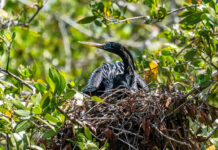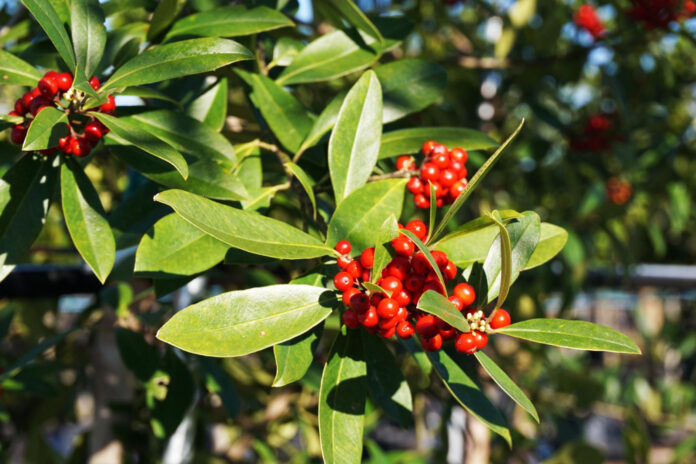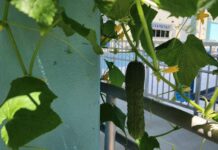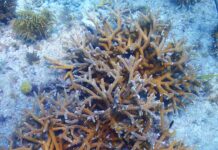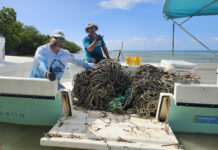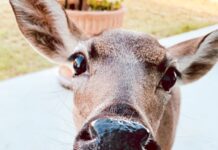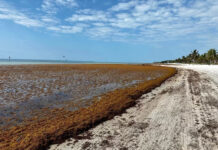As the holiday season unfolds in the Florida Keys, a unique blend of festive cheer paints the streets and homes of our coastal paradise.
While some residents delight in adorning their palms with twinkling lights, others yearn for the timeless allure of pines and holly trees to illuminate their yards. Pines and holly trees, synonymous with the yuletide season, are often associated with the Northern Hemisphere. However, here in the Florida Keys, nature also embraces these evergreen emissaries, ensuring that the magic of Christmas knows no geographical bounds.
Pines and holly are evergreen trees. An “evergreen” refers to a plant that retains its leaves or needles throughout the year, regardless of the changing seasons. The term “evergreen” symbolizes endurance, vitality and resilience. In many cultures, holly trees have protective properties. Placing holly branches in the home offers protection from evil spirits and brings good luck. In Christian traditions, the spiky leaves of holly are often associated with the crown of thorns placed on Jesus’ head during the crucifixion.
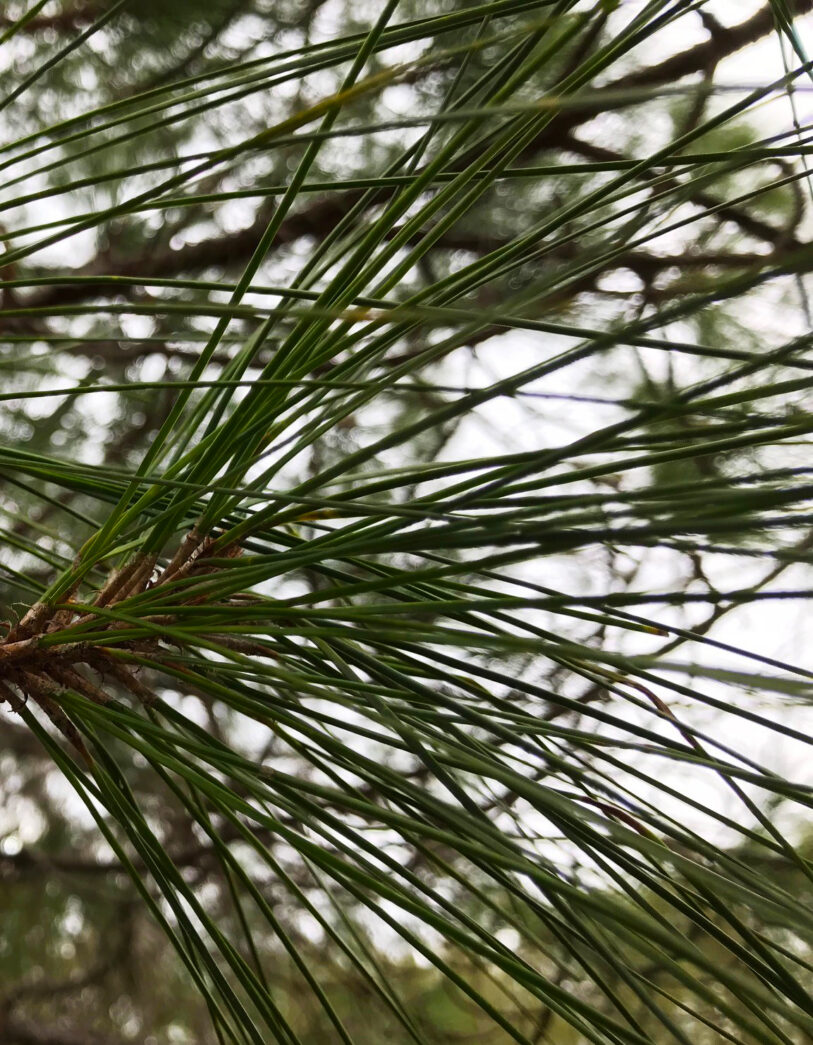
Pines belong to the Pinaceae family and are a diverse and economically significant group of coniferous trees. They are characterized by needle-like leaves, typically bundled in clusters, and the production of cones. Holly trees are in the family Aquifoliaceae and belong to the genus Ilex. Unlike the coniferous trees in the Pinaceae family, holly trees are broad-leaved evergreens known for their glossy, spiny-toothed leaves and vibrant berries. Among the native pine and holly found in the Keys are:
- South Florida slash pine is a medium- to large-sized tree with a dense growth form and a height reaching 70 to 80 feet; this pine features needles in clusters of two or three. Its ovoid to cylindrical cones, ranging from 2 to 6 inches, add to its distinctive appearance. This pine is present in Big Pine Key, Cudjoe Key and several other Lower Keys.
- The Dahoon holly is a small- to medium-sized tree with glossy elliptical leaves, small white-greenish flowers, and bright red berries measuring 2 to 4 inches; it adds a vibrant touch, especially in winter, making it an appealing ornamental tree. Growing up to 40 feet, it adapts to wet and well-drained soils. The flowers are typically dioecious, meaning individual trees are male or female. This tree is in mainland woodlands, Cudjoe Key and Plantation Key.
Clarifying misconceptions
- The not-so-pine Australian pine: The common name “Australian pine” is misleading because trees in the genus Casuarina are not pines. Casuarinas belong to the family Casuarinaceae and are more closely related to the she-oaks.
- The not-so-holly Brazilian pepper tree: The name “Florida Holly” attached to the Brazilian Pepper Tree is misleading. The Brazilian Pepper Tree is neither holly nor native to Florida. It is an invasive species, threatening the local ecosystem.
The slash pine and Dahoon holly in the Florida Keys embody the spirit of Christmas with their evergreen charm, echoing the timeless magic of the season in this tropical paradise.










